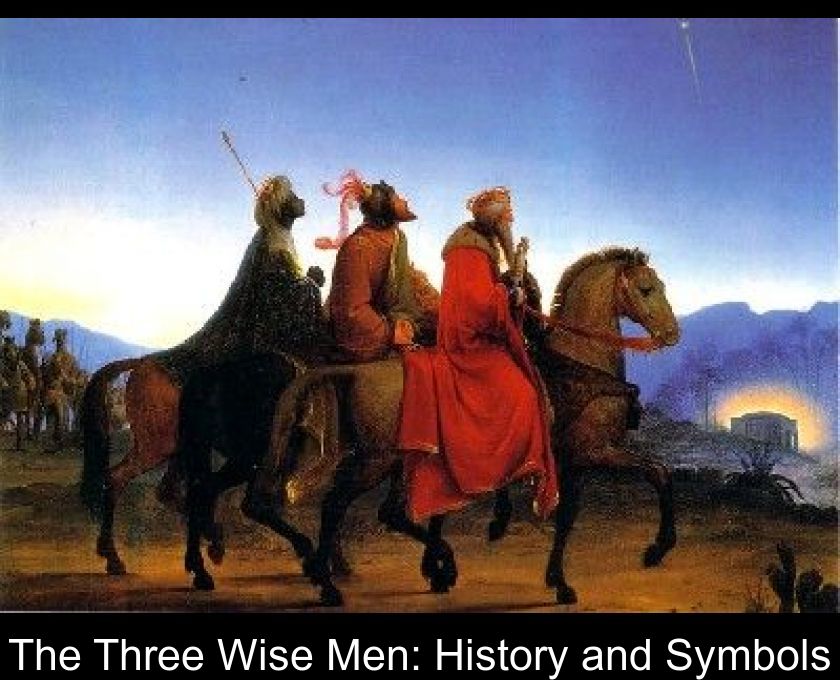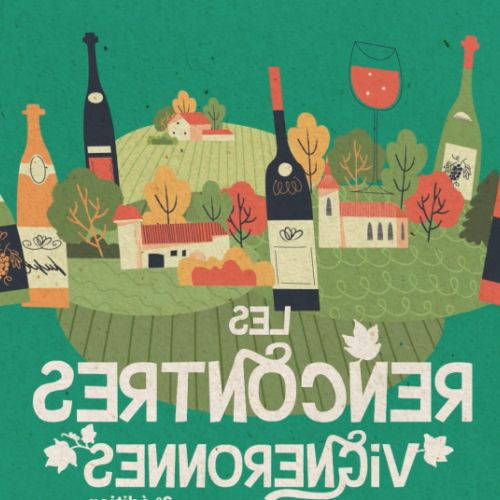The Three Wise Men: History And Symbols
According to tradition, the three Wise Men came from the East to pay homage to Jesus and offer him three gifts: gold, frankincense, and myrrh. We invite you to discover the history, symbols, and traditions associated with these figures.
Story of the Magi
Tradition holds that three Magi from the East traveled to Bethlehem, guided by the light of a star. Upon discovering the child Jesus in the stable, they knelt before him in a sign of respect and presented him with gold, myrrh, and frankincense.
These figures, known as the Magi, are mentioned only in the Gospel of Matthew.
According to the biblical text, they were not kings but simply magi. Their names and number are not specified. Guided by a star "rising in the East," they find the birthplace of Jesus and offer him gifts:
"Entering the house, they saw the child with Mary his mother, and they fell down and worshiped him. Then, opening their treasures, they offered him gifts: gold, frankincense, and myrrh." (Matthew 2:11).
Three symbolic gifts
According to a traditional interpretation, the three gifts brought by the Magi symbolize three aspects of Jesus:
• Gold symbolizes kingship
• Incense, used for worship, symbolizes the divinity of Christ
• Myrrh, used for embalming the dead, signifies that he is also truly human and mortal.
It is from the number of gifts offered that it was deduced there were three wise men. This number is also symbolic as it evokes the Trinity.
At the end of the 13th century, Jacobus de Voragine offered this interpretation in "The Golden Legend" and painted a portrait of the three magi:
"The first of the Magi was called Melchior; he was an old man with white hair and a long beard. He offered gold to the Lord as to his king, the gold signifying the Royalty of Christ.
The second, named Caspar, young, beardless, ruddy in appearance, offered incense to Jesus, paying homage to his Divinity. The third, with a black face, bearing all his beard, was called Balthazar; the myrrh that was in his hands reminded us that the Son had to die."
The names of the Magi
The names traditionally given to the Magi are Gaspard, Melchior, and Balthazar. These names first appear in a manuscript from the 6th century, which is now kept at the National Library of France in Paris.
In the Golden Legend, Jacobus de Voragine refers to them in three different languages:
• Appellius, Amerius, and Damascus in Latin
• Galgalat, Malgalat, and Sarathin in Hebrew
• Caspar, Balthasar, and Melchior in Greek.
Epiphany and Other Traditions
The Magi, whose origins remain obscure to this day, have become part of the folklore surrounding Christmas celebrations. Tradition has it that they are represented among the "Santons de Provence" and watch over the Christ Child in the Christmas nativity scene at the foot of the Christmas tree.
They are also celebrated on January 6th, the day of Epiphany when families share the famous "Galette des Rois"...
For a long time, especially among Eastern Christians, Epiphany was a more significant date than Christmas Day because it celebrated the presentation of the Child God to the world of men.
In Spain, it is the Magi who leave toys in children's shoes on January 6th. In Finland and Russia, it is said that Santa Claus is the fourth Magus.









